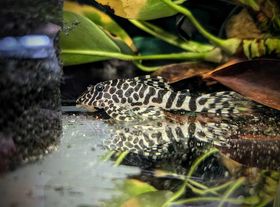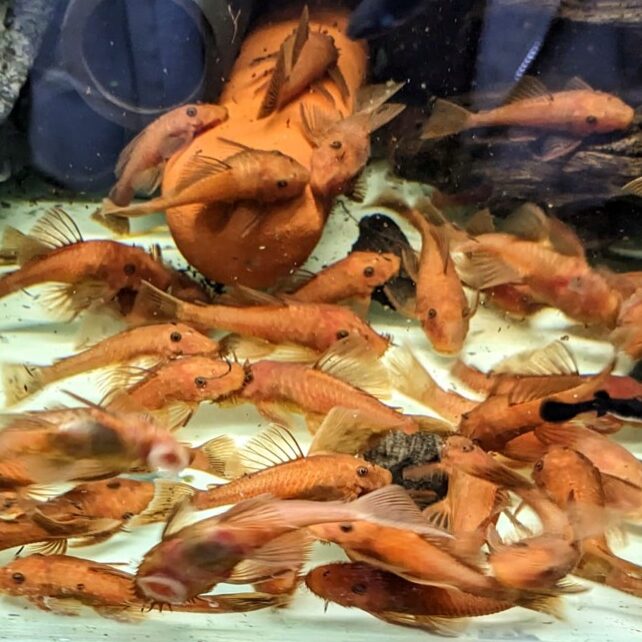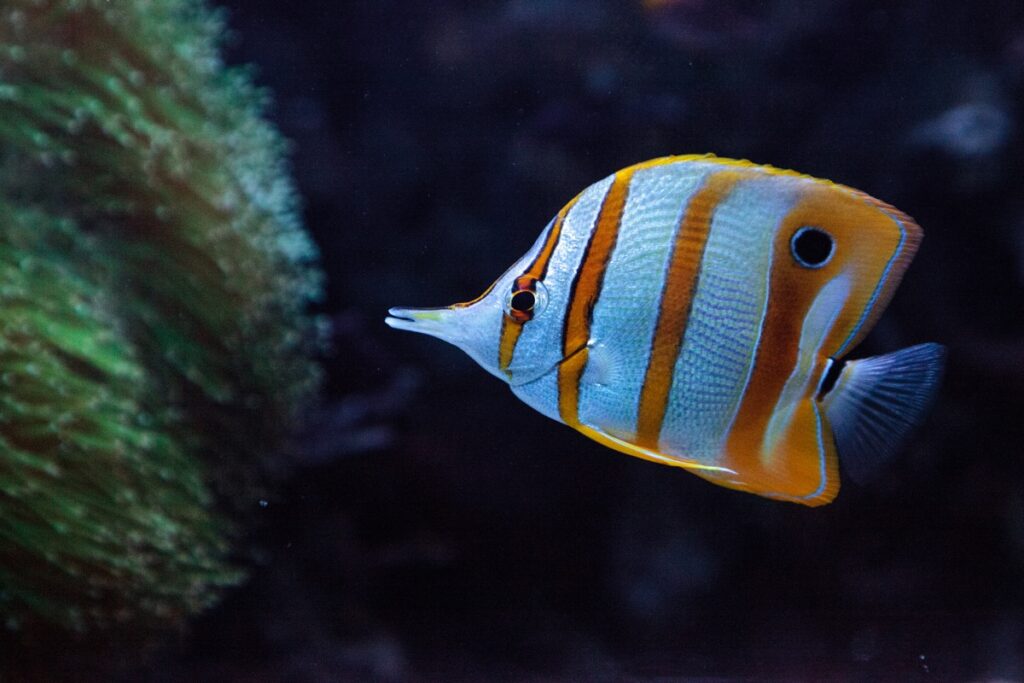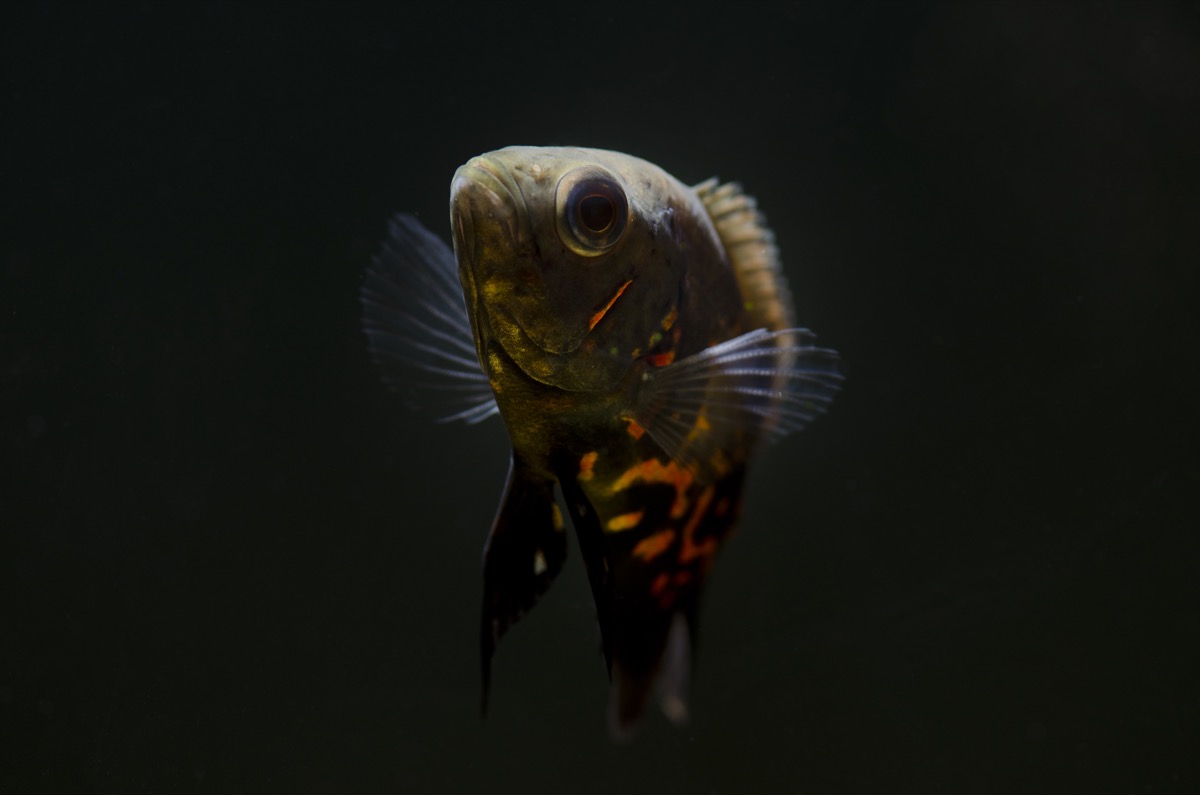Your basket is currently empty!
Description
Female bettas (Betta splendens) are fascinating and often underrated in comparison to their more widely known male counterparts. Here’s a summary of female bettas and their characteristics:
Appearance:
- Female bettas are generally smaller and less flamboyantly colored compared to males.They have shorter fins and lack the long, flowing fins and bright colors typical of male bettas.Females are typically more streamlined in appearance, with fins that are shorter and more rounded.
Behavior:
- Female bettas can be territorial, especially towards each other and other fish with similar colors or fin shapes.They are less aggressive than males, but they can still exhibit aggression, particularly during establishing dominance or breeding.
Care Requirements:
- Tank Size: Each female betta should ideally have a minimum of 5 gallons of tank space, although larger tanks are beneficial for maintaining water quality and providing space.Water Parameters: Prefer slightly acidic to neutral water with a pH range of 6.5-7.5 and a temperature range of 75-82°F (24-28°C).Diet: Omnivorous; they should be fed a varied diet that includes high-quality betta pellets, frozen or live foods like bloodworms, brine shrimp, and occasional vegetables.
Tank Setup:
- Provide plenty of plants (live or silk) and hiding places to create territories and break lines of sight.Bettas appreciate a tank with gentle filtration and minimal water flow, as they originate from still waters.
Compatibility:
- Female bettas can be kept together in a group known as a sorority, but this requires careful planning and monitoring.Avoid keeping females with aggressive or fin-nipping species, as they can easily stress or injure female bettas.
Breeding:
- Breeding female bettas involves introducing a compatible male into their tank, preferably in a well-planted environment with hiding spots.After spawning, females may need to be removed to prevent aggression from the male or from other females.
Overall, female bettas are beautiful fish with their own unique traits and behaviors. When properly cared for and housed in suitable conditions, they can thrive and display interesting social interactions in community tanks or sororities. Understanding their needs and providing appropriate tank setup and companionship will contribute to their well-being and longevity in captivity.
Female Betas
Female bettas (Betta splendens) are fascinating and often underrated in comparison to their more widely known male counterparts.













Reviews
There are no reviews yet.